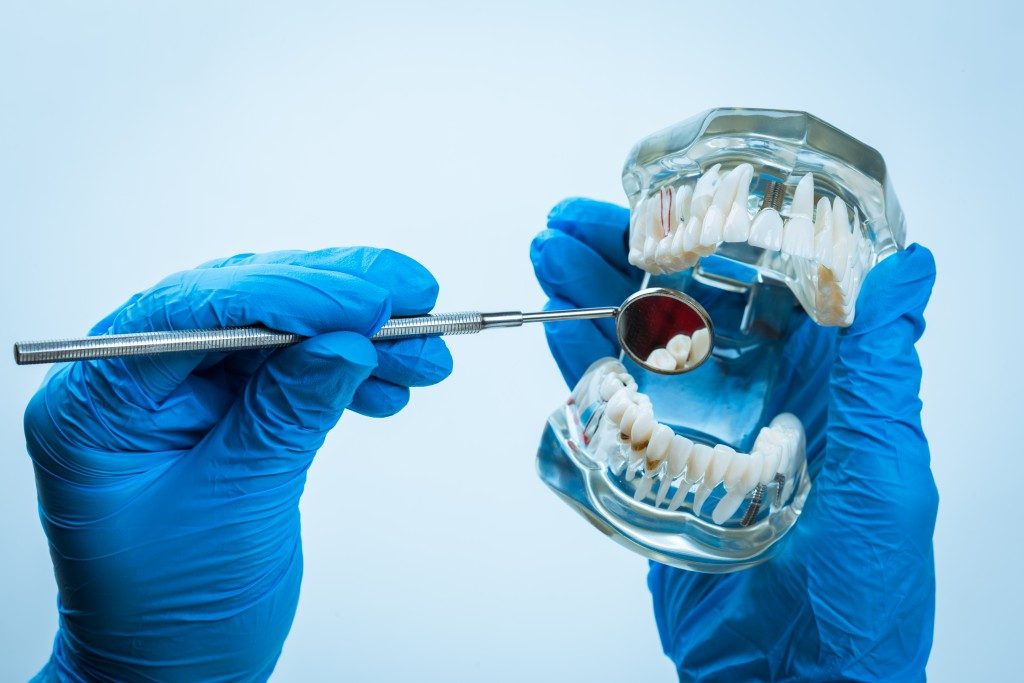Crooked teeth are simply a curse. They make cleaning the mouth harder, cause jaw pains, and create a domino effect of problems, from tooth decays and bad breath to gum disease. But have you ever wondered why some people get crooked teeth in the first place?
Apparently, beyond the bad habits like mouth breathing, teeth grinding and thumb sucking, what causes crooked teeth relates to human’s ancestors.
The Evolution of Jaws
Let’s take a major throwback into human history. Early humans were primarily hunters and gatherers for a long time until they discovered farming. This shift, as you would guess, had changed the way people consume food. When before humans would eat rough, hard diets, such as roots, nuts, leaves and meats, requiring the use of aggressive chewing, with farming, the food has gone softer, which entailed less forceful eating.
The stress applied on the chewing is important because it was what “exercised” the lower jaws and caused it to grow longer. With softer diets, people over time developed smaller lower jaws through natural selection or developmental modifications brought by the way the jaws are used in the infancy stage.
Jaw size is crucial to the alignment of teeth. A smaller lower jaw means lesser space for all 32 teeth to be fit in, not to mention the four more wisdom teeth that might emerge later into adulthood. Small jaws and too many teeth then spell trouble for bite and alignment.
The Need for Orthodontics

While crooked teeth seem to be inevitable, all hope isn’t lost. There are lots of orthodontic treatments available for people suffering from malocclusion. One of which is the very popular braces, offered by dentists from Bakersfield, CA, which help the teeth to move gradually to achieve the correct alignment. These dental appliances are made up of wires and elastic bands. Braces are put in different ways, depending on the patient’s needs and goals.
For instance, they can be bonded to the front of the teeth. This is what you typically see in children. Other patients would have it installed at the back of the teeth. This is also known as incognito braces, precisely because they can’t be seen. You’re a good candidate for this type of braces if you don’t have a deep, vertical overbite. Still, some choose to have metal bands wrapped around their teeth.
Procedures start with cleaning the teeth thoroughly. Then, using an adhesive substance, the dentist will attach the brackets. When secured already, the arch wire will be placed into the brackets, with the elastic to keep them there. The entire treatment lasts for about one or two hours.
You might feel a little discomfort after a while as your inner cheeks and tongue would rub against the metal appliances, but eventually you’d get used to it after a week or so.
Crooked teeth are nature’s answer to changes in human history. Fortunately, there’s a medicine, which is the modern humans’ answer to this health problem. If you’re suffering from crooked teeth, get yourself checked and treated immediately.

